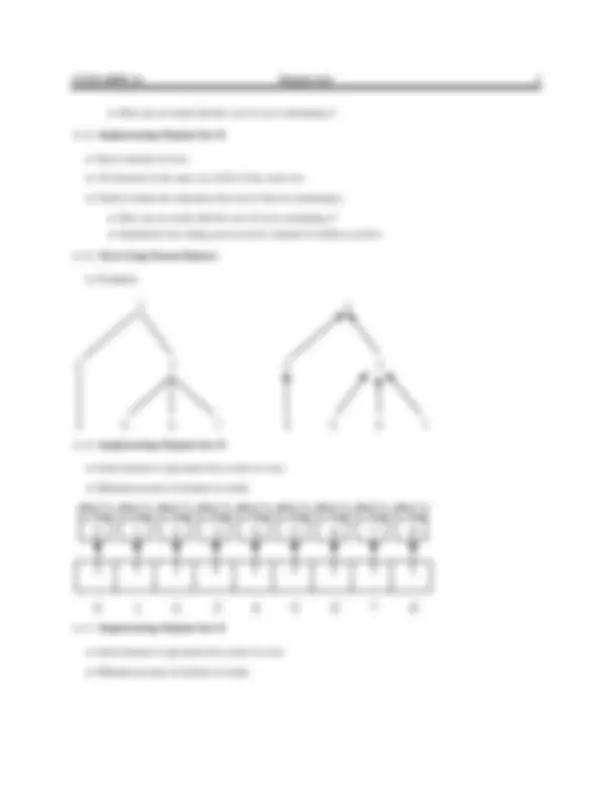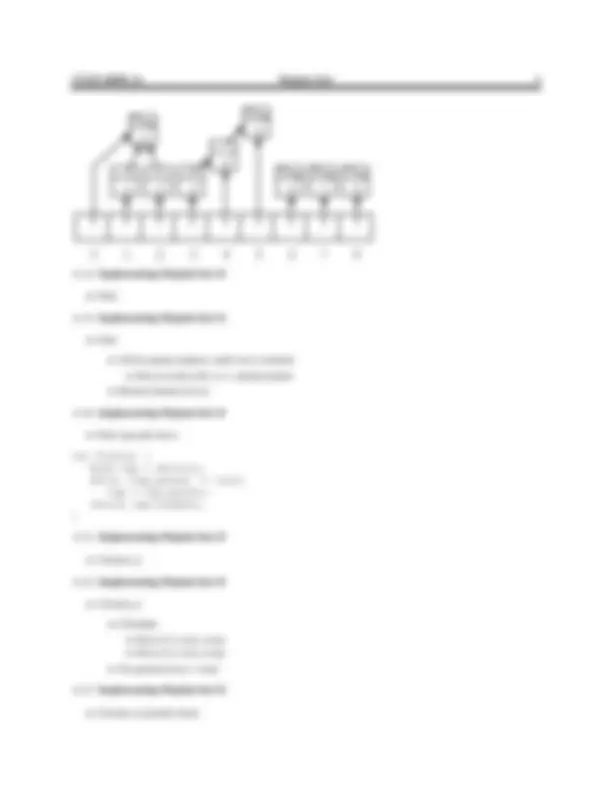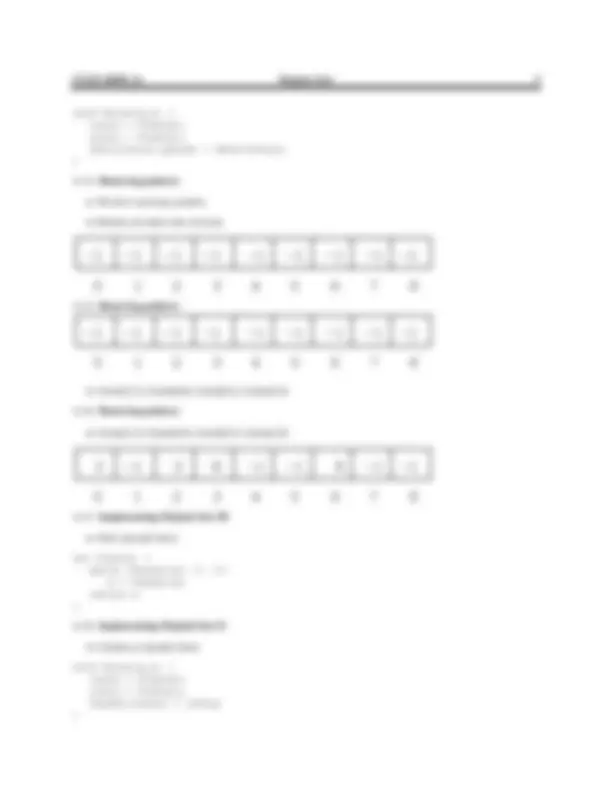






Study with the several resources on Docsity

Earn points by helping other students or get them with a premium plan


Prepare for your exams
Study with the several resources on Docsity

Earn points to download
Earn points by helping other students or get them with a premium plan
Community
Ask the community for help and clear up your study doubts
Discover the best universities in your country according to Docsity users
Free resources
Download our free guides on studying techniques, anxiety management strategies, and thesis advice from Docsity tutors
Material Type: Notes; Professor: Galles; Class: Data Struct & Algorithms; Subject: Computer Science; University: University of San Francisco (CA); Term: Intersession 2009;
Typology: Study notes
1 / 8

This page cannot be seen from the preview
Don't miss anything!





14-0: Disjoint Sets
14-1: Disjoint Sets
14-2: Disjoint Sets
14-3: Implementing Disjoint Sets
14-4: Implementing Disjoint Sets
14-5: Implementing Disjoint Sets
void CreateSets(n) { for (i=0; i<n; i++) { Set[i] = i; } }
14-6: Implementing Disjoint Sets
14-7: Implementing Disjoint Sets
int Find(x) { return Set[x]; }
14-8: Implementing Disjoint Sets
14-9: Implementing Disjoint Sets
void Union(x,y) { set1 = Set[x]; set2 = Set[y];
for (i=0; i < n; i=+) if (Set[i] == set2) Set[i] = set1; }
14-10: Disjoint Sets Θ()
14-11: Disjoint Sets Θ()
14-12: Disjoint Sets Θ()
We can do better! (At least for Union ...) 14-13: Implementing Disjoint Sets II
14-18: Implementing Disjoint Sets II
14-19: Implementing Disjoint Sets II
14-20: Implementing Disjoint Sets II
int Find(x) { Node tmp = Sets[x]; while (tmp.parent != null) tmp = tmp.parent; return tmp.element; }
14-21: Implementing Disjoint Sets II
14-22: Implementing Disjoint Sets II
14-23: Implementing Disjoint Sets II
void Union(x,y) { rootx = Find(x); rooty = Find(y); Sets[rootx].parent = Sets[rooty]; }
14-24: Removing pointers
14-25: Removing pointers
14-26: Removing pointers
14-27: Implementing Disjoint Sets III
int Find(x) { while (Parent[x] != -1) x = Parent[x] return x }
14-28: Implementing Disjoint Sets II
void Union(x,y) { rootx = Find(x); rooty = Find(y); Parent[rootx] = rooty; }
14-37: Union by Rank
void Union(x,y) { rootx = Find(x); rooty = Find(y); if (Parent[rootx] < Parent[rooty]) { Parent[rooty] = x; } else { if Parent[rootx] == Parent[rooty] Parent[rooty]--; Parent[rootx] = rooty; } }
14-38: Path Compression
14-39: Implementing Disjoint Sets III
int Find(x) { if (Parent[x] < 0) return x; else { Parent[x] = Find(Parent[x]); return Parent[x]; } }
14-40: Disjoint Set Θ
14-41: Disjoint Set Θ